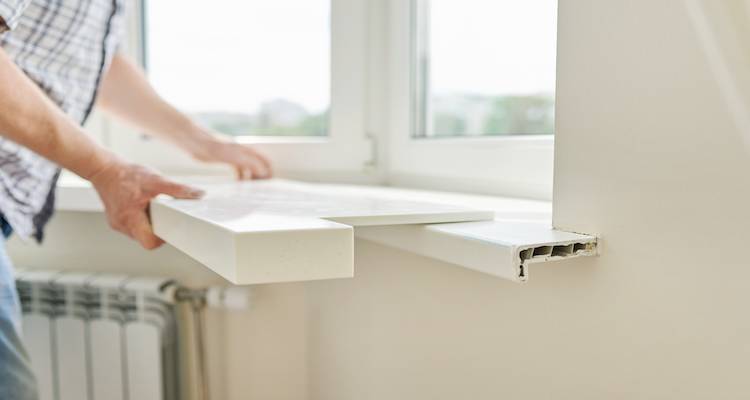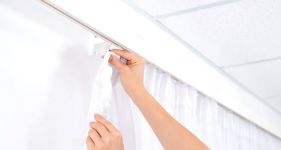How to Replace a uPVC Window Seal
Are you looking for information on how to replace a rubber seal on your uPVC windows? This article will guide you through everything you need to know about a uPVC window seal replacement job, including a step-by-step guide on how to complete the job and a list of all of the tools and materials you’ll need to get the job done.
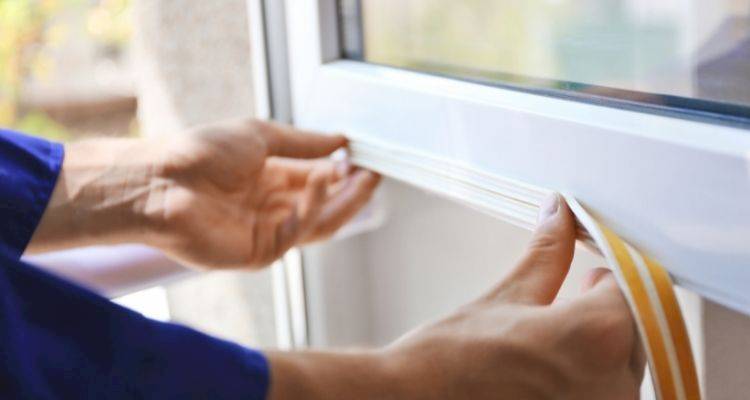
Table of Contents
- What Tools Do I Need to Replace a Rubber Seal on a uPVC Window?
- What Safety Equipment Do I Need for a uPVC Window Seal Replacement?
- What Materials Do I Need to Replace a uPVC Window Seal?
- How to Prepare for uPVC Window Seal Replacement
- How to Replace a Rubber Seal on a uPVC Window Yourself
- Types of uPVC Window Seal
- The Benefits of Resealing uPVC Windows
- How Do I Know If uPVC Windows Need Resealing?
- FAQs
What Tools Do I Need to Replace a Rubber Seal on a uPVC Window?
Below is a list of the tools you’ll need to replace a uPVC window seal:
- Utility knife
- Tape measure
- Cloth and cleaner
- Roller tool
- Silicone Spray (optional)
- Ladder (if working on upper floor windows)
What Safety Equipment Do I Need for a uPVC Window Seal Replacement?
Although protective clothing is recommended for any DIY job, you don’t necessarily need safety equipment for resealing uPVC windows. However, you should always be cautious when using a utility knife and when working at height, ensure your ladder is secure and ideally have someone else on hand to hold it in place.
What Materials Do I Need to Replace a uPVC Window Seal?
Below is a list of the materials you’ll need to replace a rubber window seal:
- uPVC window rubber seal
- Silicone sealant
How to Prepare for uPVC Window Seal Replacement
Always check the weather when preparing to change the seals on your uPVC windows. Especially if you are working outside on more than one window, as exposure to rain can make the job difficult to complete - as well as the prospect of rainwater getting into the property.
Before replacing your window seals, you will need to remove the old rubber seal from the window first. You can often do this by pinching part of the seal and pulling it away, which once it's loose should come away fairly easily.
How to Replace a Rubber Seal on a uPVC Window Yourself
Follow our step-by-step guide below on how to replace a uPVC window seal:
Step 1
If you find that you’re struggling to pull away the old seal, then use your utility knife to gently pry a section to help get you started.
However, not all window seals are this easy. Some modern uPVC windows use glazing beads and wedge gaskets, and some frames have the seal built directly into the frame, which can also make it difficult to remove.
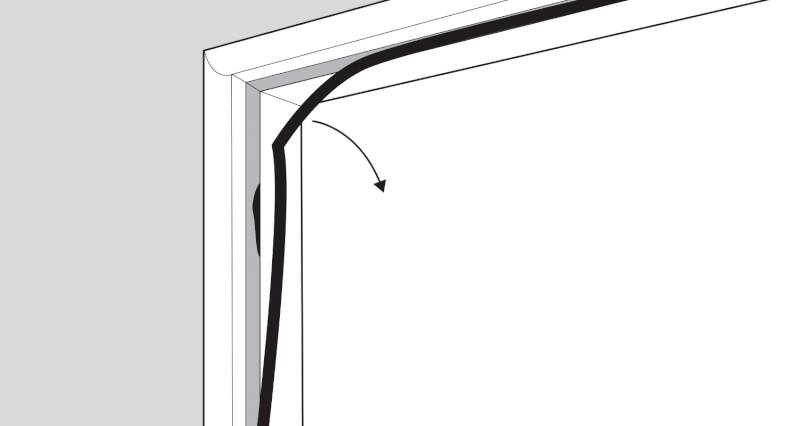
Step 2
Once the old rubber seal has been removed, you will need to inspect the window frame for any obstructions. Sometimes you might find there excess pieces of uPVC in the corners.
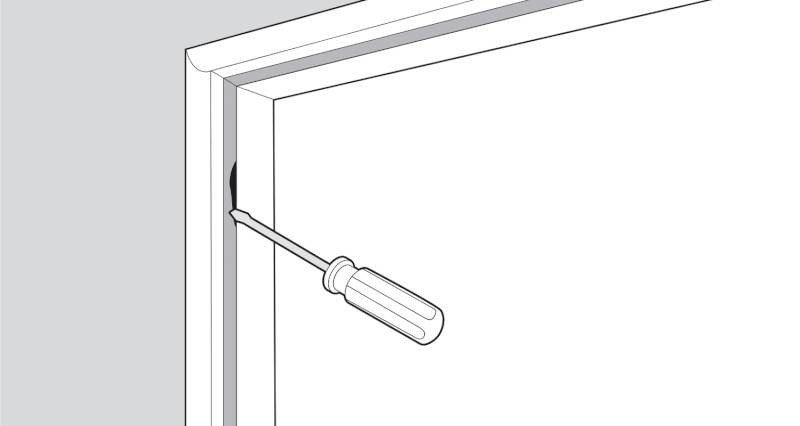
If so, you should chip away at these to remove them before installing your new seal, and they may prevent the window from completely sealing properly. You want to be sure that you can push your rubber seal into its slot around the window.
Step 3
Once you’re happy with the window frame state, you can then begin installing your rubber seal. Start in one corner and work your way along with the entire window frame. The rubber seal should simply push into place within the grooves of the frame.
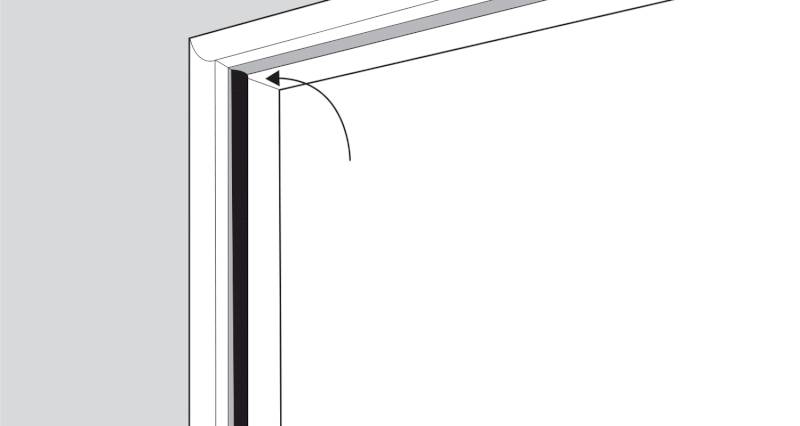
Step 4
Repeat the above step for all four sides of the window frame until the rubber seal completely fills all four sides of the grooves.
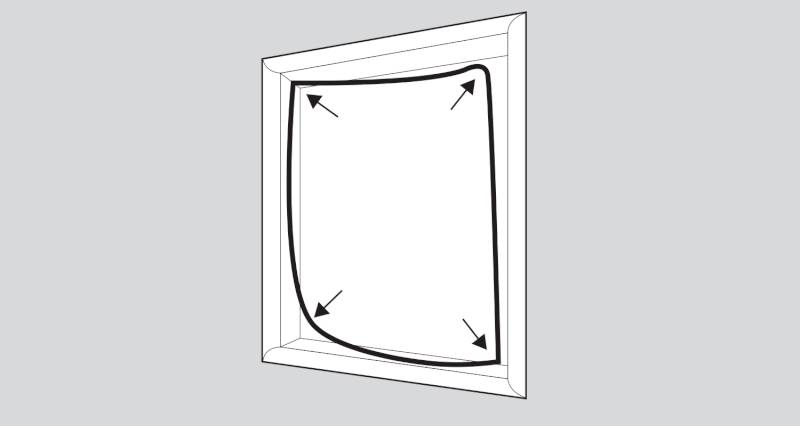
Step 5
Once you’ve finished installing the seals, take a moment to inspect the corners as you may find that there is a small gap where the two parts of the seal join together.
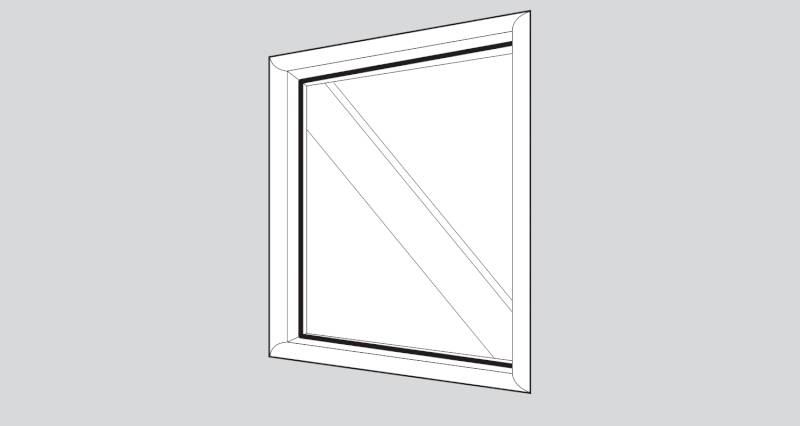
In the event there are any gaps, ensure the gasket has been fully pushed into place and trimmed correctly. If the gap cannot be closed through making adjustments, you can always use a small amount of silicone sealant to seal the corner.
Types of uPVC Window Seal
Below is a list of the most common types of uPVC window seal in the UK:
Bubble Gasket
A bubble gasket seal is curved on the top, giving it its name, and is the most commonly used for uPVC windows and doors in the UK. This type of seal works by flattening as the window closes, creating a water-tight seal and keeping draughts out.
Flipper Gasket
A flipper gasket seal is designed with a small wedge on the top of the seal that flattens into the gap between the window and the frame when the window is closed. This is just as effective as a bubble gasket.
Bubble-Flip Gasket
This option is simply a hybrid of the two seals listed above. Featuring a small wedge on top of a bubble shape, some people prefer to use a bubble-flip gasket as another layer of protection, particularly against draughts.
The Benefits of Resealing uPVC Windows
There are several benefits to replacing the seals on your uPVC windows. Below is a list of the main advantages when it comes to completing this type of work.
- Energy efficiency – Replacing the seals on your windows will increase the energy efficiency of your home. This means that you will save money on your energy bills, and your home will also be better for the planet.
- Eliminate draughts – If your home is quite draughty, then it’s likely your windows and doors need to be resealed. Replacing the seal in your windows will make them air-tight and will prevent those pesky draughts.
- Stops condensation – Condensation tends to form as a result of air passing through gaps in your windows. This can often lead to damp and mould and can leave your house feeling very cold. Replacing the seals on your windows can eliminate this problem.
How Do I Know If uPVC Windows Need Resealing?
You can look out several signs that will indicate you need new seals around your uPVC window. Below is a list of some of the most common signs that indicate you need new seals:
- When you can feel a draught coming through the window
- When you can see that there is wear and tear or damage on the seal
- If you notice that the current seal has mould on it
- If you start to notice condensation on your windows or windowsills
- If it has been over five years since the seals were last replaced





